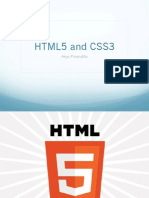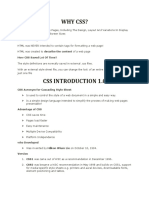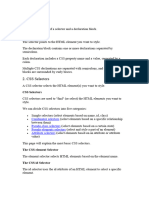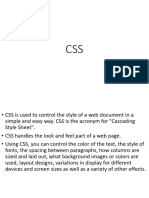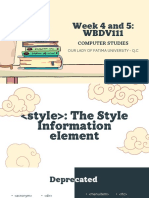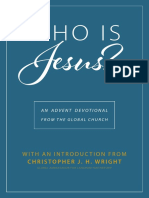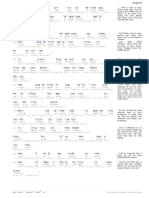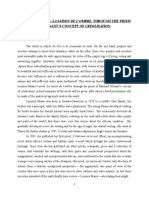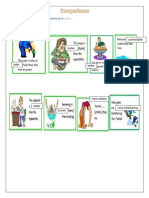0% found this document useful (0 votes)
9 views23 pagesWeek4 WebDesign
This document is a course outline for Week 4 of a Web Design class, focusing on CSS (Cascading Style Sheets). It covers the basics of CSS, including syntax, selectors, properties, the box model, and element positioning. Key topics include color properties, text styling, and the use of various selectors to apply styles to HTML elements.
Uploaded by
youdy017Copyright
© © All Rights Reserved
We take content rights seriously. If you suspect this is your content, claim it here.
Available Formats
Download as PDF, TXT or read online on Scribd
0% found this document useful (0 votes)
9 views23 pagesWeek4 WebDesign
This document is a course outline for Week 4 of a Web Design class, focusing on CSS (Cascading Style Sheets). It covers the basics of CSS, including syntax, selectors, properties, the box model, and element positioning. Key topics include color properties, text styling, and the use of various selectors to apply styles to HTML elements.
Uploaded by
youdy017Copyright
© © All Rights Reserved
We take content rights seriously. If you suspect this is your content, claim it here.
Available Formats
Download as PDF, TXT or read online on Scribd
/ 23




















